AROMA Setup First Results
The new analytical experimental setup called AROMA (Astrochemistry Research of Organics with Molecular Analyzer) is now in operation at IRAP/LCAR. The main purpose of this setup is to study and […]
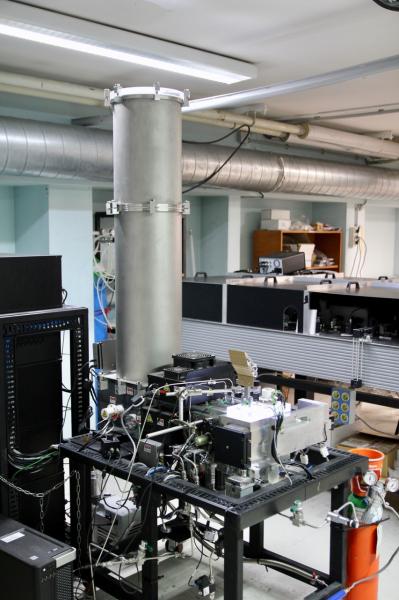
The new analytical experimental setup called AROMA (Astrochemistry Research of Organics with Molecular Analyzer) is now in operation at IRAP/LCAR. The main purpose of this setup is to study and […]
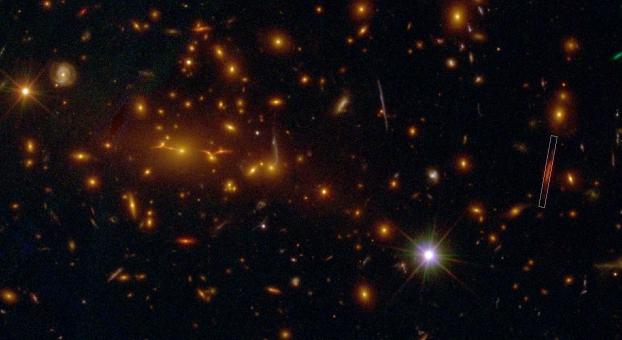
A young, compact and “dead” disc galaxy surprises the astronomers and teaches us more about the formation of elliptical galaxies. By combining the power of a “natural lens” in space […]
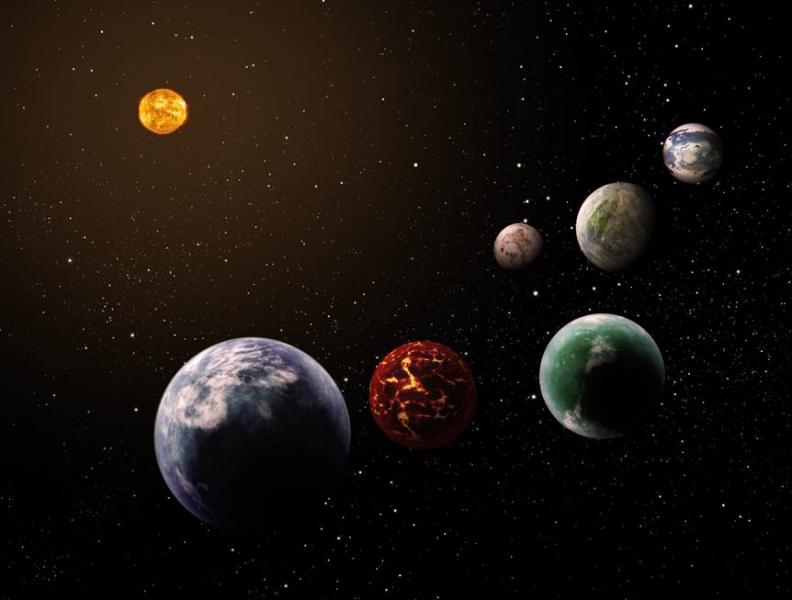
The PLATO (Planetary Transits and Oscillations of stars) planetary mission proposal aims to discover rocky planets around nearby stars similar to our Sun. Selected by ESA in 2014, the mission […]
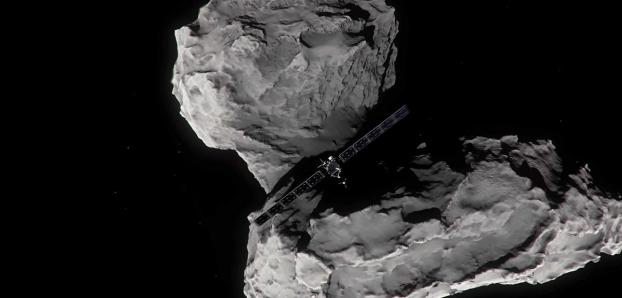
The existence of a link between the terrestrial xenon isotopic composition and that of comet 67P / Churyumov-Gerasimenko has just been demonstrated by an international consortium of researchers1 including those of […]
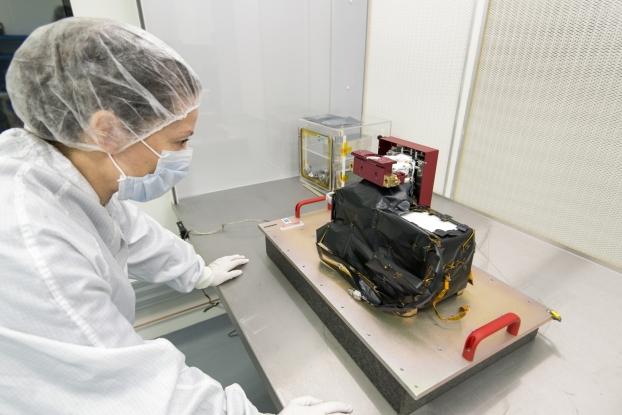
The PAS (Proton-Alfa Sensor) sensor, designed and developed by the IRAP teams (CNRS / CNES / Paul Sabatier University), will be delivered to ESA on 13 June 2017 to equip […]
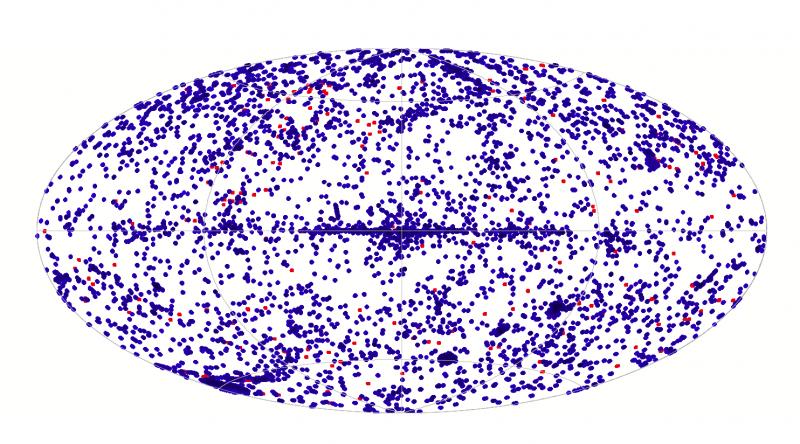
The first of June sees the seventh data release of the XMM-Newton serendipitous source catalogue (3XMM-DR7), the largest catalogue of X-ray sources ever created. This new version includes 727790 X-ray […]
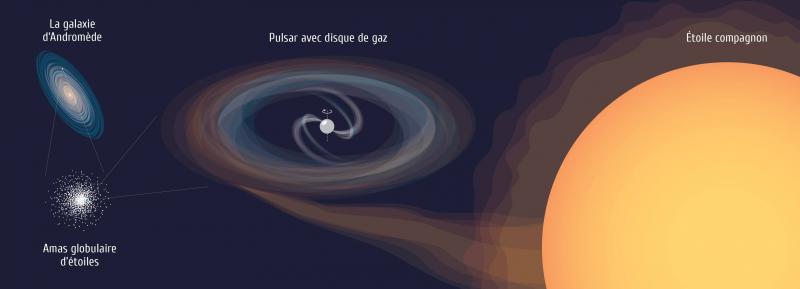
French scientists published the results of a study of the unique ultra-slow pulsar XB091D. This neutron star is believed to have captured a companion only a million years ago and […]
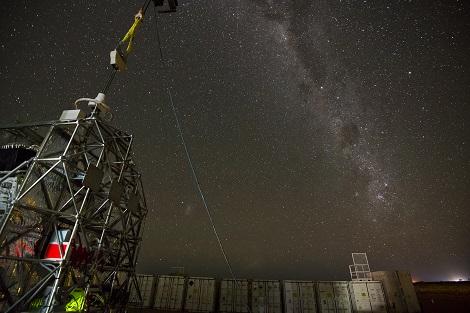
The Pilot astrophysics experiment will be launched in a few days under a stratospheric balloon from Alice Springs in central Australia. The aim is to observe the polarization of the […]

The heating produced by the disintegration of isotopes of aluminum and iron potentially present in the 67P / Churyumov-Gerasimenko comet would have been too intense at the beginning of the […]